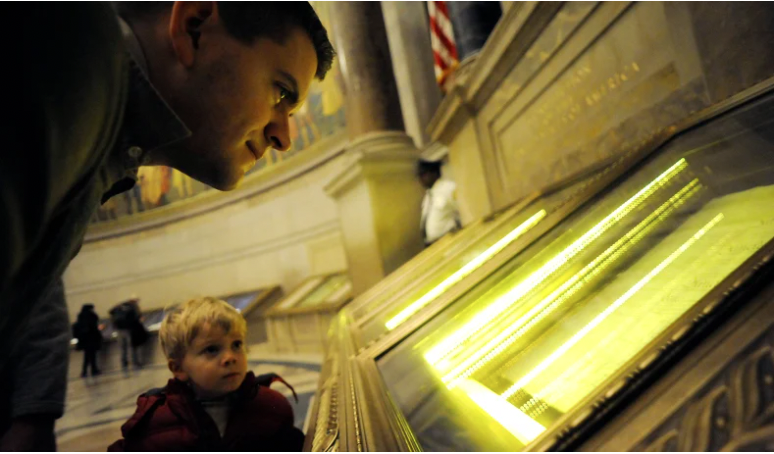
In the struggle to forge solidarity in our divided society, the Constitution is not the problem but the solution.
We are living through a moment of intense division in American public life, and it often seems like our constitutional system exacerbates our bitter conflicts.
That system can be slow and cumbersome, riddled with veto points and mechanisms of restraint, which can make the majority party in our politics at any given time feel as if its will is being denied. But the system is also democratic, and so in crucial respects majoritarian, which often makes minorities in our politics feel endangered and unprotected. And the key institutions of the system now seem to serve increasingly as venues for vicious partisan combat and clownish culture-war shenanigans. They are places where we display our divisions more often than where we repair them.
All this persuades many Americans that the Constitution cannot serve a divided society — that it takes for granted much more common ground than now exists, and therefore only makes our problems worse. So they call for dismantling some of the system’s distinct features, and especially those that depart from simple majority rule.
But this has things roughly backwards. In fact, the American Constitution is intended to create, not just to occupy, common ground in our society. And its most frustrating features are among the most essential to that purpose. The Constitution was offered as an answer to just the question we now confront: How can a diverse and divided society hold together and govern itself?











